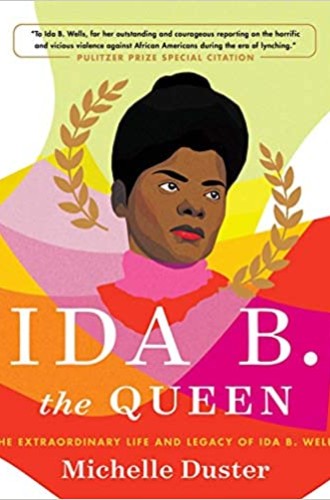An introduction to Ida B. Wells-Barnett
Michelle Duster situates her influential great-grandmother in the history of Black life in America.
In the last decade, Ida B. Wells-Barnett has developed something of a cult following. Her devotees (among whom I count myself) have seen to it that the journalist, activist, and community organizer extraordinaire—largely ignored by the time of her death in 1931—is finally being afforded her due place in US history.
In 1892, Wells-Barnett single-handedly initiated the country’s first serious anti-lynching movement after three of her friends were executed by a White mob in Memphis, Tennessee. Already an established newspaperwoman at that point, Wells-Barnett turned her skill toward a series of investigative reports that dispelled the oft-peddled excuse that lynching was simply a means of protecting innocent White women from Black sexual predators.
Lynching, she would go on to proclaim, was actually a means of terrorizing Black communities in the South. Instead of being rapists, she found that lynching victims often had committed no crime at all or only very minor ones. “For all kinds of offenses—and, for no offenses—from murders to misdemeanors, men and women are put to death without judge or jury; so that, although the political excuse was no longer necessary, the wholesale murder of human beings went on just the same,” she wrote in 1900.





